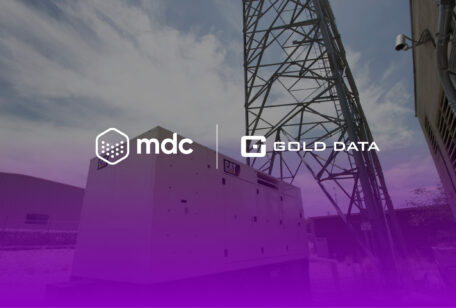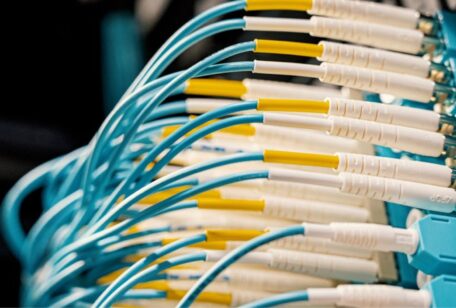
Enrique Ortegon
When we talk about global connectivity, we often think of the cloud, instant apps, and seamless video calls. But behind that smooth experience lies a critical physical layer: international fiber crossings — one of the most essential and often invisible components of cross-border infrastructure.
In previous posts, we explained what fiber crossings are and how they serve as physical routes where fiber optic cables cross country borders to carry high-speed data. Now, we take it one step further — exploring the impact this infrastructure has on real-world connectivity and the strategic value of fiber crossings from a technical, operational, and business standpoint.
What are international fiber crossings, really?
They are physical infrastructure routes — aerial, underground, or even underwater — designed to enable the massive transmission of data across international borders. In the U.S.–Mexico context, there are at least eight key routes running from the eastern edge in McAllen to the western tip in San Diego, acting as strategic channels for data traffic between the two nations.
These routes don’t just carry data. They enable the digital economy itself — from streaming and video conferencing, to banking, cloud services, and mission-critical enterprise systems.
Beyond Fiber: The Invisible Ecosystem Enabling Connectivity
While fiber is the physical medium for transmitting data, its true value lies in the ecosystem behind it — neutral data centers, interconnection hubs, redundant power systems, and scalable environments.
To evaluate a fiber crossing, you must consider its contribution to real connectivity, measured through operational metrics such as:
- Low-latency routing
- High redundancy and uptime
- Direct access to interconnection ecosystems and meet-me rooms
- Support for international, regional, and local traffic
The Role of Neutral Data Centers in Fiber Crossings
At the U.S.–Mexico border, infrastructure neutrality is critical. This means integrating both physical and logical elements where multiple carriers, cloud providers, and enterprises can interconnect freely — without restrictions or vendor lock-in.
Neutral data centers, strategically located near crossing points, act as aggregation hubs where data is processed, routed, and distributed efficiently. This is especially relevant for operators looking to:
- Reduce latency by bringing content and services closer to the border
- Optimize transit costs through direct connections
- Enhance service availability by diversifying physical transport routes
From Physical Crossings to Digital Transformation
Organizations that rely on digital environments — from fintech platforms to AI startups or content delivery networks — can no longer ignore the importance of their cross-border entry point. A poorly designed network at the physical layer can result in multi-million-dollar losses at the application layer.
Investing in a crossing route with high availability, power support, multiple redundancies, and access to a robust interconnection ecosystem is no longer a luxury — it’s an operational necessity. This becomes even more strategic in border markets, where geography can either be a competitive advantage or a bottleneck.
From McAllen, Texas, through key cities like Laredo, Eagle Pass, and El Paso, or Nogales in Arizona, all the way to San Diego, California — each fiber crossing provides a unique path for resiliency and connectivity for companies operating on both sides of the border.
An Invisible Infrastructure Powering Innovation
Fiber crossings don’t show up on tourist maps, nor are they visible on the surface. Yet their impact is direct and profound. They are part of the invisible but essential infrastructure that powers the modern economy: telemedicine, digital banking, smart manufacturing, cloud services, and global social networks.
Investing in fiber crossings and neutral data centers doesn’t mean building new ones — it means choosing the existing infrastructure that offers the best route and redundancy. This is a strategic decision for any organization that relies on connectivity and cross-border business continuity.
In a world where data speed defines business speed, cross-border fiber crossings between the U.S. and Mexico have become a critical success factor. Having cloud presence is no longer enough — companies must understand how their data travels, where it crosses, and how resilient that route is.
Behind every click, call, or transaction, there’s an invisible network of physical infrastructure making it all possible. And at the border, it starts by choosing the right crossing.








